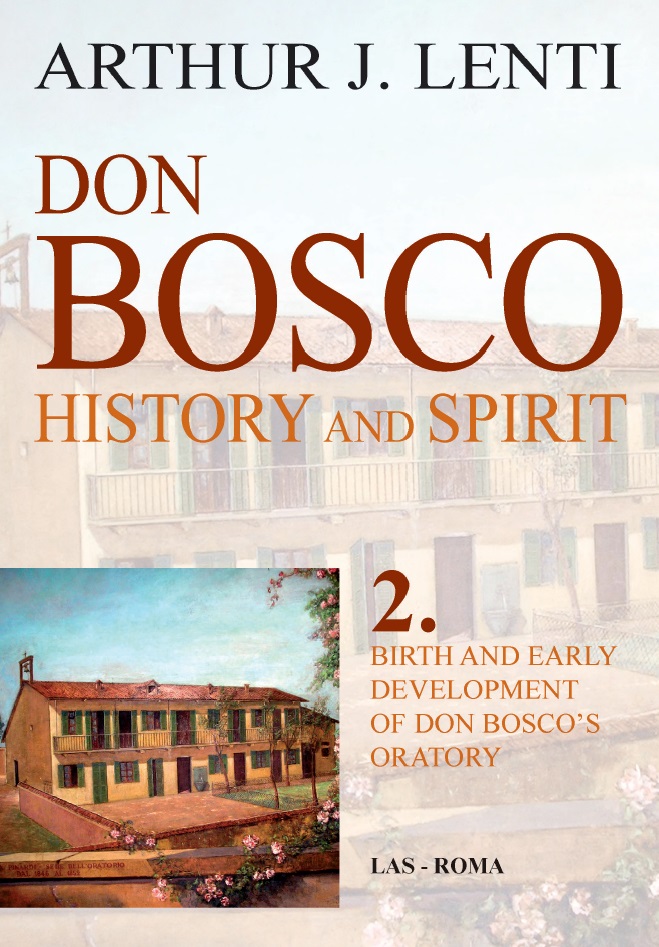This second volume of the series, Don Bosco: History and Spirit, surveys the beginnings and early development of Don Bosco’s oratory. It is placed against the background of the social situation in Turin, and in the context of the momentous events spanning the period from the liberal revolution (1848) to the unification of Italy (1861).In successive chapters we follow the gradual unfolding of the work of the oratory from its beginnings at the Pastoral Institute of St. Francis of Assisi (1841) to Marchioness Barolo’s institutions (1844) and, through an uncertain period of “wandering” to its final settlement at Pinardi’s House (1844-1846). These are the years of Don Bosco’s definitive vocational
commitment. Once settled, Don Bosco set about developing the work through two additional oratories, and through the establishment of a “Home Attached to the Oratory” for the poorest lads, with workshops and school in expanded premises.
CONTENTS
- Chapter 1
- “Poor and Abandoned”: Young People in the Turin of the 1840s
- Chapter 2
- Beginnings of the Oratory at St. Francis of Assisi
- Chapter 3
- Don Bosco at Barolo’s Institution (1844-1846)
- Chapter 4
- Don Bosco’s Definitive Vocational Commitment (1844-1846)
- Chapter 5
- Progress of the Liberal Revolution and of the Italian “Risorgimento” to 1848-49
- Chapter 6
- Early Oratory Developments
- Chapter 7
- Don Bosco’s Oratories in 1849-1852 – Conflict, Crisis and Resolution
Reference time period: 1840 – 1888
A.J. Lenti, Birth and early development of Don Bosco’s oratory in Don Bosco: History and Spirit, edited by Aldo Giraudo, vol. 2, LAS, Rome 2007.

